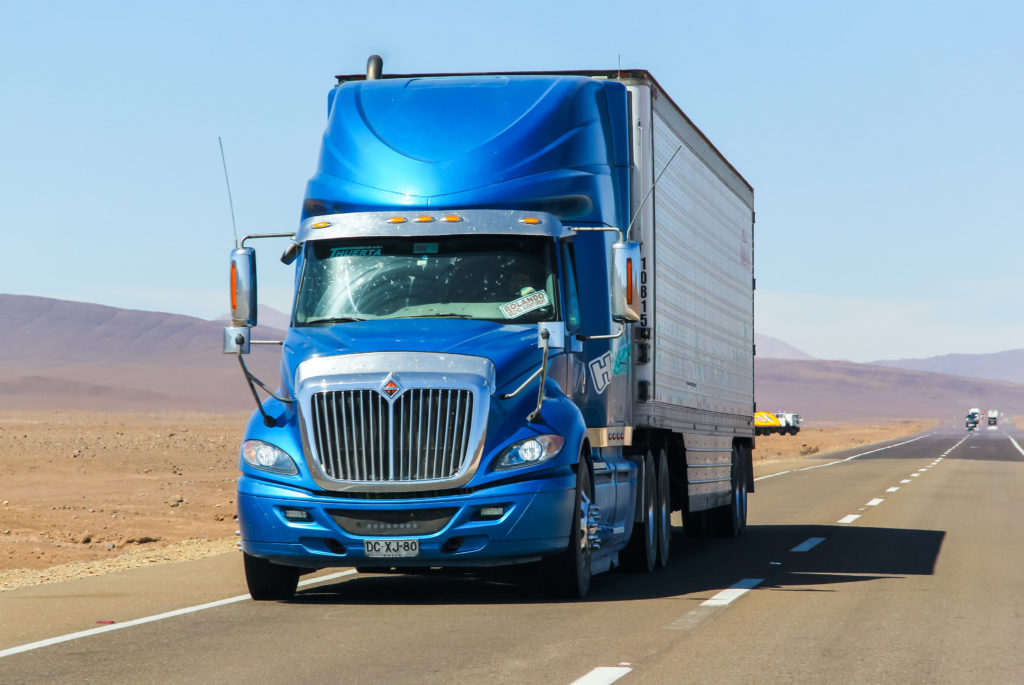The U.S. Department of Transportation will be offering $905 million in Infrastructure for Rebuilding American program grants, announced Pete Buttigieg, along with Los Angeles Mayor Eric Garcetti and Pennsylvania Governor Tom Wolf, at the end of June.
This grant program awards funds to certain transportation projects that are deemed nationally and regionally significant and aim to boost overall economic growth and public safety. 24 projects across 18 U.S. states will receive grants from these funds in their efforts, which include projects facilitating the improved movement of goods.
Of these funds, $46.8 million will likely be allocated to the Georgia Ports Authority for its efforts in building a new Gainesville inland container port near interstate 85 and interstate 985–the Northeast Georgia Inland Port. This will also be directly linked to the Port of Savannah by rail and will aim to lower amounts of truck-related pollution and overall carbon emissions, Buttigieg explained.
“This will be linked to Port of Savannah by direct 324-mile intermodal freight rail service and create meaningful economic opportunities in the region while also significantly reducing the vehicle miles traveled by truck,” said Buttigieg.
The Los Angeles County Metropolitan Transportation Authority will also receive $30 million for its traffic flow-improving construction projects between state Routes 57 and 60. The confluence of these routes has been designated as a chokepoint, Mayor Garcetti noted. Many cargo-carrying trucks bringing goods out of Los Angeles County ports often become stuck within the congestion of this corridor, and smoothing out this traffic will help the environment much more than keeping these trucks idled in traffic, Garcetti added.
“This is not going to increase our climate emissions,” he said. “This is where, notoriously, we have accidents that sometimes will take two hours to clear. These goods have to move–period. Together with the administration, we are looking at the electrification of trucks and infrastructure. But in the meantime, we expect this to be a reduction of emissions through this grant.”
The Department of Transportation has chosen the projects for funding due to their ability to create jobs and improve local and regional economies, and has also assessed how certain projects would address issues like environmental justice and racial equity. Because of these values, around 44% of this funding has been designated to rural areas that have endured long-term underinvestment.
Pennsylvania is receiving funding for one project to improve its rural freight corridor SR 61, as well as for one project to build a multi-use berth at its Port of Philadelphia. Additionally, the South Dakota Department of Transportation will receive $62.5 million to rebuild 28 miles of interstate 90 on the eastern side of the state, which will include road surface repair and replacement as well as the addition of designated truck parking spaces in both westbound and eastbound rest stops.
Under the Fixing America’s Surface Transportation Act of 2015, DOT must alert congressional authorizing committees in regards to the projects chosen under the INFRA grant program. Before the awards are officially finalized, the selected projects will stay with these authorizing committees for a two-month review period.
As of now, there are not yet enough resources to meet the national demand for INFRA grants–in fact, the DOT has only been able to offer funding to around one-seventh of all state projects requesting funds, Buttigieg explained. 157 applications for grants from 42 different states and Guam requested a total of $6.8 billion.
“We need to invest in our nation’s crumbling infrastructure,” said Governor Wolf. “We really need to do this. We need to return to the common attachment we all seemed to have at one point–to the idea that a robust infrastructure has always been at the heart of our national prosperity.”
The announcement of this grant comes as many lawmakers are working to reach a bipartisan infrastructure deal agreement, which was announced by a group of legislators, along with President Biden, at the end of last month.





